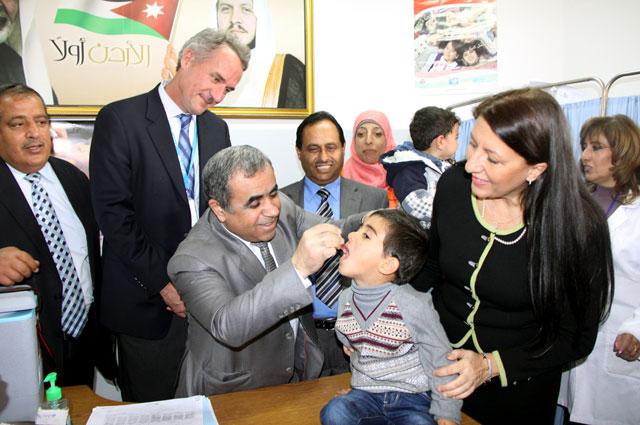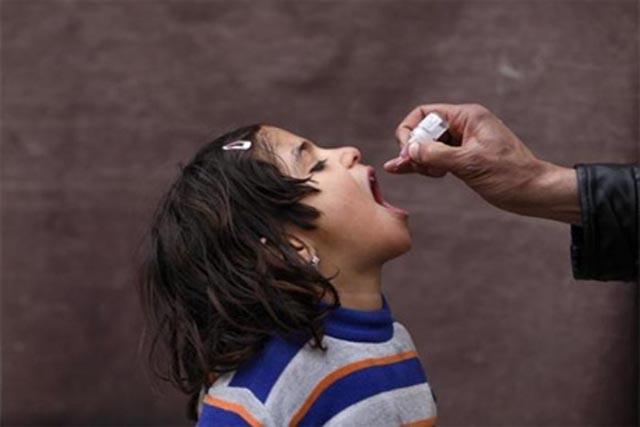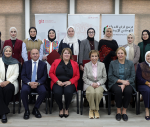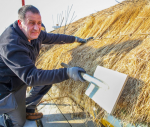You are here
Study says Jordan has maintained high population immunity against polio
By JT - Nov 08,2016 - Last updated at Nov 09,2016
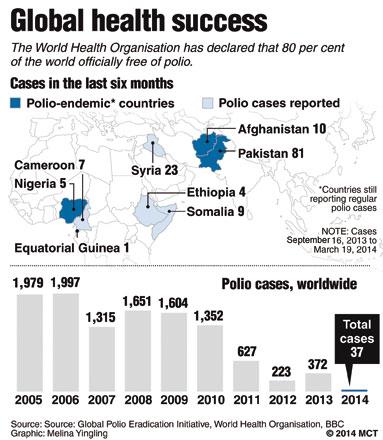
Note: The infographic, as released by MCT, mislabels the map of Iraq as Syria
AMMAN — The vigilance that Jordan has displayed in locating and vaccinating high risk populations against poliovirus has been successful in maintaining high levels of vaccination coverage, according to a study released on Tuesday.
“This fact has maintained high population immunity and averted polio outbreaks despite the influx of Syrian refugees into the country,” the Eastern Mediterranean Public Health Network (EMPHNET) said in a statement announcing the results of the study, titled “Estimating Population Immunity to Poliovirus in Jordan’s High Risk Areas”.
“The use of IPV [inactivated polio vaccine] in the routine immunisation programme and the availability of this immunisation schedule free of charge for all children in Jordan including Syrian refugees and any other nationality have also contributed to the high immunity levels against polio viruses,” the statement added.
The results showed that the sero-prevalence among children in high risk areas and refugee camps was 98 per cent and 100 per cent respectively for the three types of polio virus (Types 1, 2, and 3), EMPHNET said.
“EMPHNET, on this occasion, thanks the [Ministry of Health] for its efforts protecting all children living in Jordan, and it further affirms that it will continue to provide support in all areas that promise better public health on the national and regional level,” the network added.
EMPHNET also highlighted that this success is attributed to the collaborative effort by all parties involved in the implementation of the study.
The study, conducted in May 2016, was a collaborative effort between the ministry, the US Centres for Disease Control and Prevention (CDC), and EMPHNET.
It was designed to determine the immunity levels against polio and other vaccine preventable diseases among Jordan’s at-risk children.
The results were presented at a meeting in Amman with officials from the ministry, the CDC and the World Health Organisation.
The target group for the study included children between the ages of 6 and 59 months, who are at the highest risk of vaccine preventable diseases — polio, measles and rubella.
The study sample included 479 children from high risk areas and 276 from Syrian refugee camps. The sample was selected randomly from high risk areas identified by the ministry, the statement said.
The selected locations included those densely populated by refugees, Jordanian border areas with Syria and Iraq, areas with dense nomadic populations, hard-to-reach areas, and areas where coverage was less than 90 per cent in previous vaccination campaigns, as well as the Zaatari and Azraq refugee camps.
Related Articles
AMMAN — Despite the registration of polio cases in some neighbouring countries and the refugee influx from these countries into Jordan, the
New research suggests a one-two punch could help battle polio in some of the world’s most remote and conflict-torn regions: Giving a single vaccine shot to children who’ve already swallowed drops of an oral polio vaccine greatly boosted their immunity.
The Ministry of Health on Sunday urged Jordanians and residents of the Kingdom to immunise their children aged five years and younger against polio as part of a nationwide campaign.



